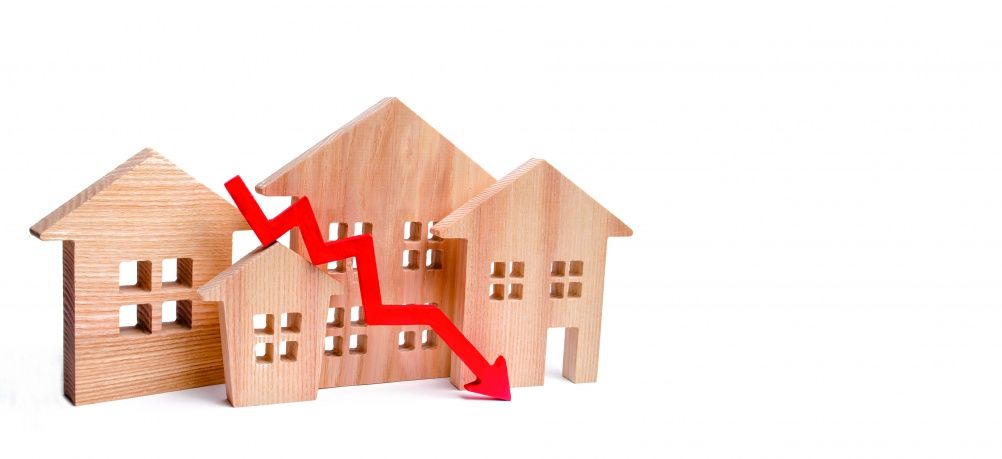
UK rents eased by 0.6% in January to an average of £1,260 per month, the third monthly fall in a row, according to HomeLet.
This fall, which comes after a 0.9% reduction in prices in December, which saw rents falling by the largest amount since October 2020, says the letting agent’s latest rental Index.
But over a longer view, average rents in January are 7.5% higher than a year ago and 18.4% more than in February 2022, equal to a £200 per calendar month rise over two years.
The study adds that “short-term gains [last month] may be wiped out by long-term struggles” linked to the shortage of properties in the sector.
The firm adds that rents may jump by between 5% and 10% over the next 12 months.
However, last month London saw the biggest drop in rents, falling 2.2% to £2,081, although this is a 4.6% rise from a year ago.
The sharpest rent rises came in the East Midlands and the South West, where lettings lifted 0.7% in January to £881 and £1,146 per month, respectively.
The study adds the average renter pays 33.5% of their wages on rent, a 2.2% rise from a year ago.
HomeLet & Let Alliance chief executive Andy Halstead says: “The Spring Budget approaches, and it will be interesting to see what the Conservative party announces to support landlords and tenants — if anything at all.
“Though we can absolutely be positive about the short-term gains we have reported this month, it’s not time to celebrate just yet.
“By all means, view this month’s figures with optimism, but we need to take it with a massive pinch of salt and hope that the declines remain steady.
“Of course, marginally lower rents put slightly more money in tenants’ pockets and partially reduce the likelihood of defaults, but the broader landscape is still incredibly challenging for all parties — with little sign of easing.
“In fact, following last year’s trajectory, it is entirely possible that rents could be 5% to 10% higher by this time next year.
“Unless we see some dramatic changes to the economy, 2024 looks set to bring more of the same. Landlords will have to do battle with a familiar array of struggles, including rising costs and prohibitively expensive buy-to-let mortgage rates.”



